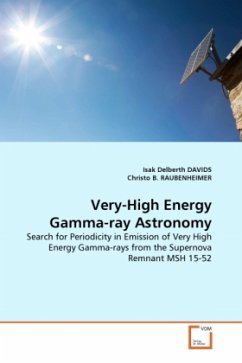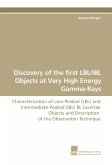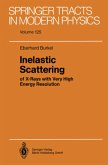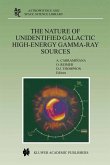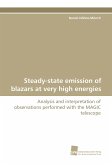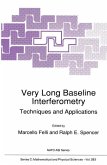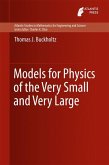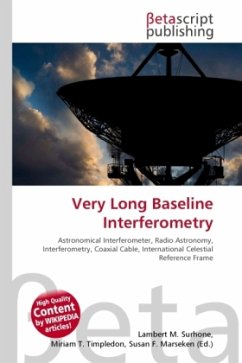In 2004, for the first time in the history of very-high energy gamma-ray astronomy, diffuse emission of gamma-rays from a pulsar wind nebula, was observed from the supernova remnant, MSH 15-52, by the H.E.S.S (High Energy Stereoscopic System). The supernova remnant (SNR), MSH 15-52, consisting of a PWN which is powered by a 150 millisecond relatively young and energetic pulsar, B1509-58, was observed with H.E.S.S. during 23 nights. The likelihood of the pulsar periodicity being propagated into the PWN emission was investigated, by searching for periodicity of VHE gamma-ray emission at and near the radio period from the entire composite supernova remnant. Fourier analysis techniques were employed for searching for a pulsed signal. This was done via the well-known universally most powerful (UMP) test, the Rayleigh test, and the H-test. No pulsed emission could be seen using the Rayleigh test and the H-test. The Eadie combination method of Rayleigh test results also showed no evidence of strong flares. Therefore, there was no compelling evidence of pulsed VHE gamma-ray emission from the supernova remnant MSH 15-52 at and near the known pulsar radio period.
Bitte wählen Sie Ihr Anliegen aus.
Rechnungen
Retourenschein anfordern
Bestellstatus
Storno

